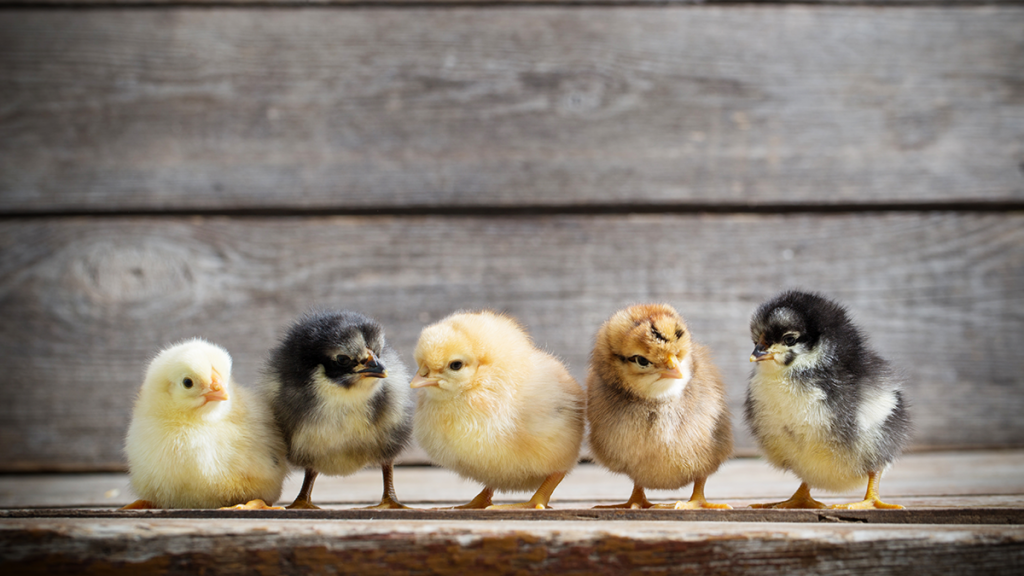The Internet of Things (IoT) has transformed various industries by enabling real-time monitoring, data collection, and analysis. One industry that has benefitted from this technology is egg farming. IoT can be used to optimise egg production, reduce feed costs, and improve animal welfare.
IoT sensors can monitor various aspects of egg farming, such as the temperature, humidity, light levels, and water quality. These sensors can transmit real-time data to a central control system, which can be accessed remotely by farmers via their smartphones or computers. The data collected by IoT sensors can help farmers make informed decisions about how to manage their flocks.
Animal welfare
One of the primary benefits of using IoT in egg farming is improved animal welfare. IoT sensors can monitor the health of the birds, including their heart rate, respiratory rate, and activity levels. This information can be used to identify any signs of illness or stress in the flock, allowing farmers to take action before it becomes a serious problem.
For example, if an IoT sensor detects that a bird’s heart rate is elevated, it may indicate that the bird is experiencing heat stress. The farmer can then adjust the temperature in the barn to ensure that the birds are comfortable.
Feed efficiency
Another benefit of using IoT in egg farming is improved feed efficiency. IoT sensors can monitor the amount of feed consumed by each bird and adjust the feeding schedule accordingly. This ensures that each bird receives the appropriate amount of feed, reducing waste and lowering feed costs for farmers.
Egg monitoring
IoT sensors can also be used to monitor the egg-laying process. Sensors placed in nesting boxes can detect when an egg is laid and transmit this information to the farmer. This allows farmers to collect eggs promptly, reducing the risk of cracked or dirty eggs.
Flock monitoring
In addition to monitoring individual birds, IoT can be used to monitor the entire flock. For example, IoT sensors can track the weight of each bird over time, allowing farmers to identify trends in growth rates. This information can be used to adjust the feeding schedule and ensure that each bird is receiving the appropriate amount of nutrients.
Environment monitoring
IoT sensors can also monitor the environment in which the birds are housed. For example, sensors can monitor the temperature and humidity levels in the barn, allowing farmers to adjust the climate control system as needed. This can help reduce heat stress in the birds and improve egg production.
Movement tracking
Finally, IoT can be used to track the movement of birds within the barn. This information can be used to optimise barn layout and ensure that each bird has access to food, water, and nesting boxes.
IoT technology has revolutionised egg farming by enabling real-time monitoring, data collection, and analysis. IoT sensors can be used to monitor various aspects of egg farming, including animal welfare, feed efficiency, egg production, and environmental conditions. By using IoT in egg farming, farmers can make informed decisions that optimise production while reducing waste and improving animal welfare.
There’s plenty of other editorial on our sister site, Electronic Specifier! Or you can always join in the conversation by commenting below or visiting our LinkedIn page.
